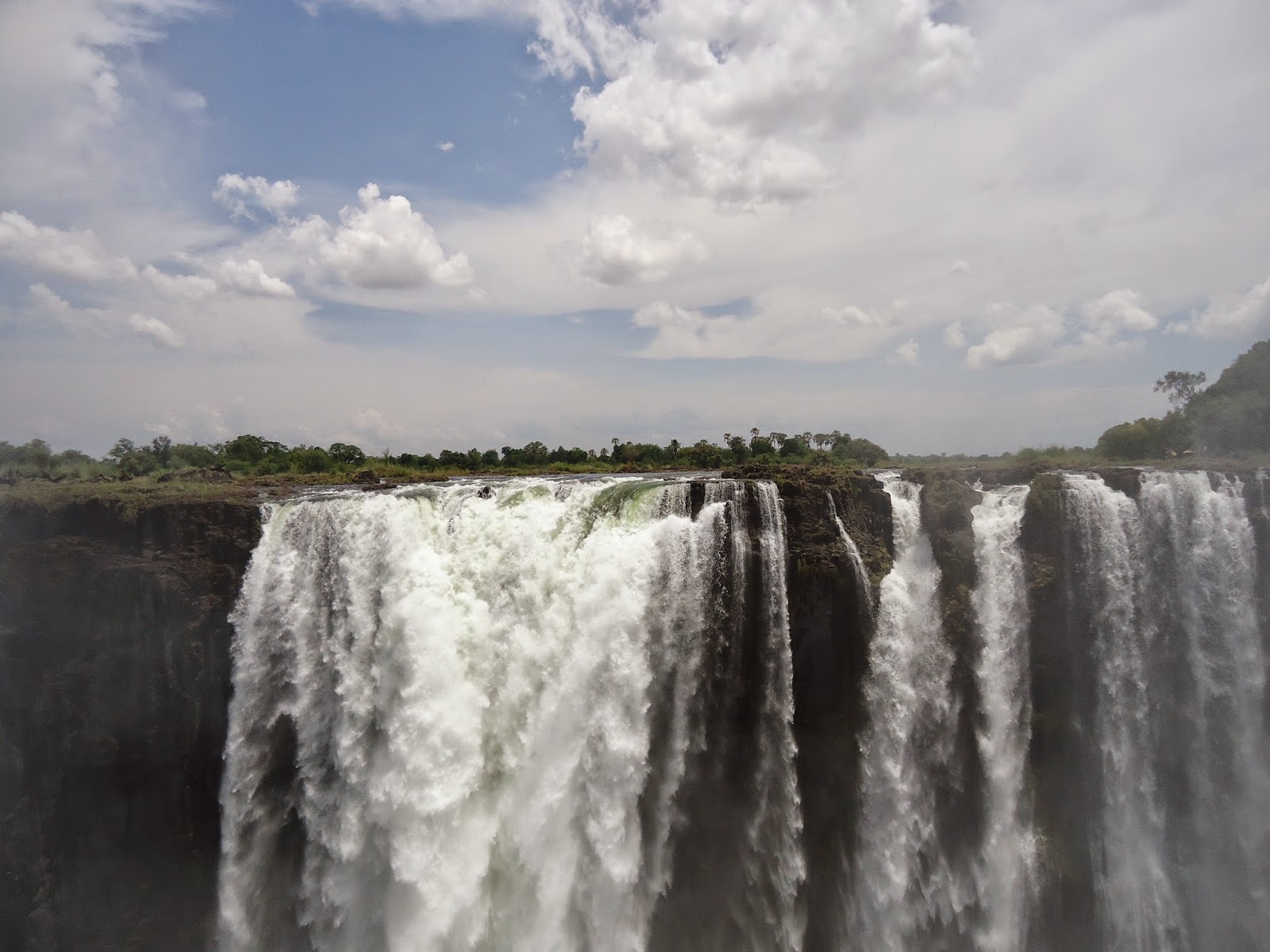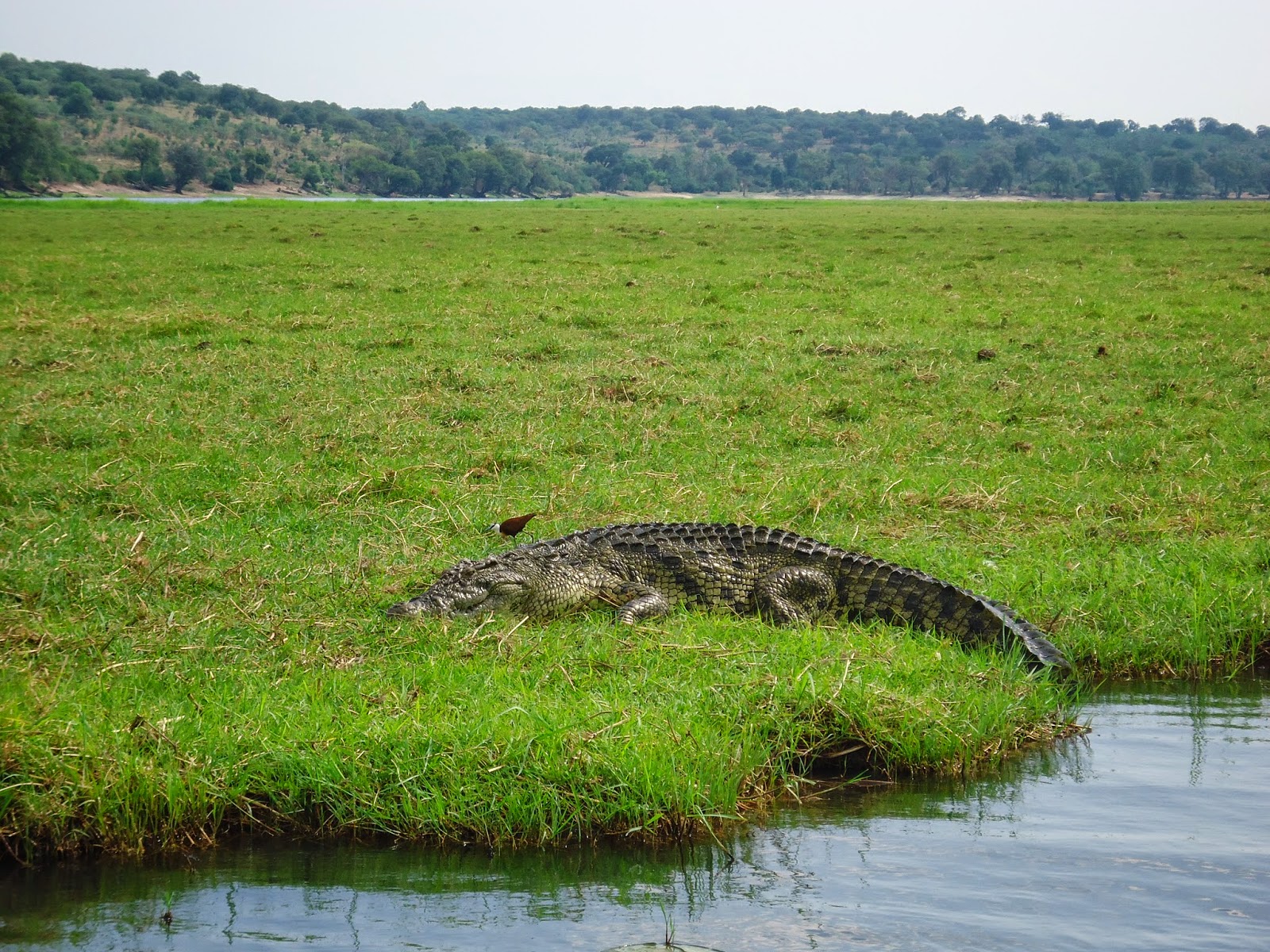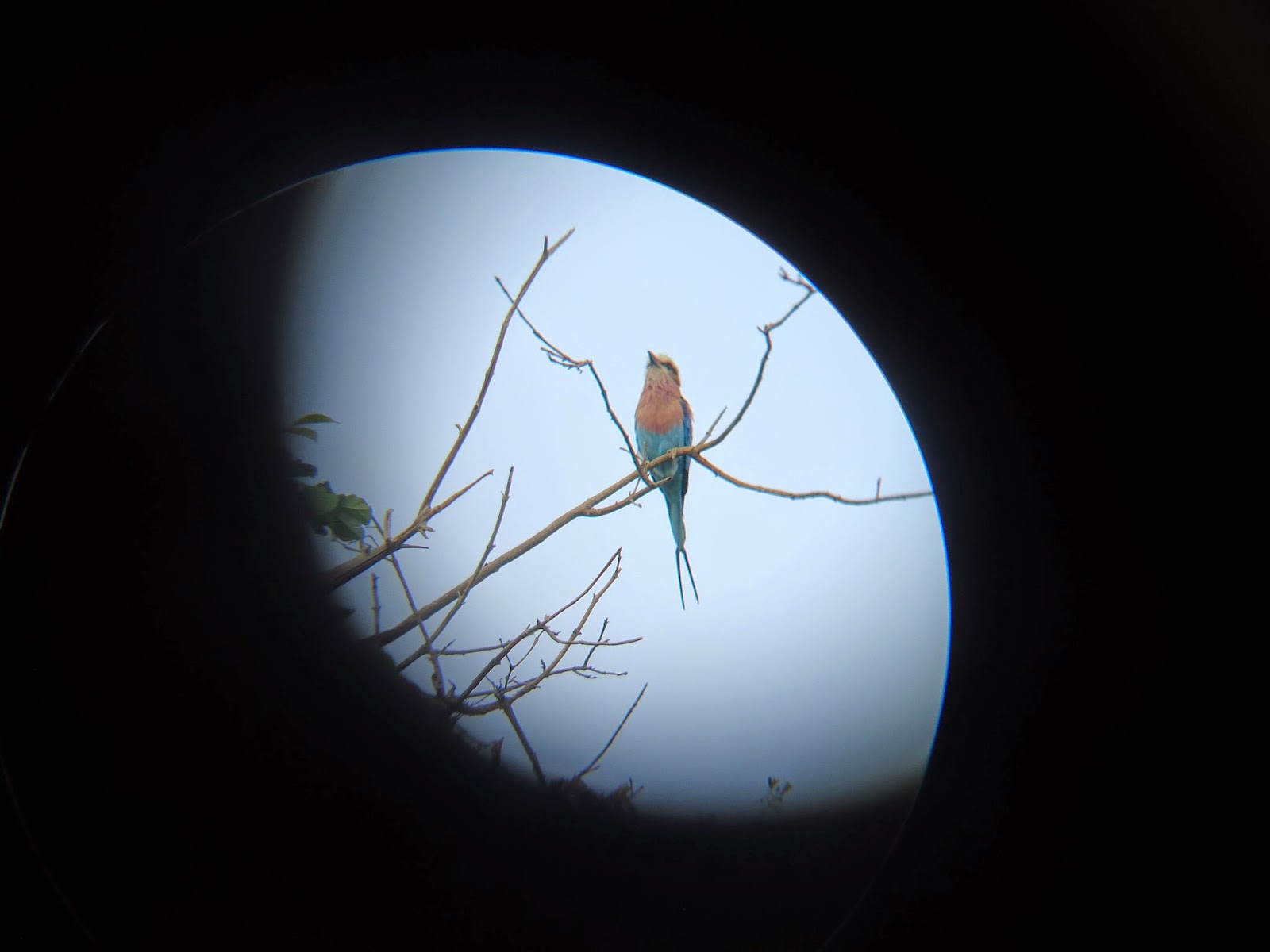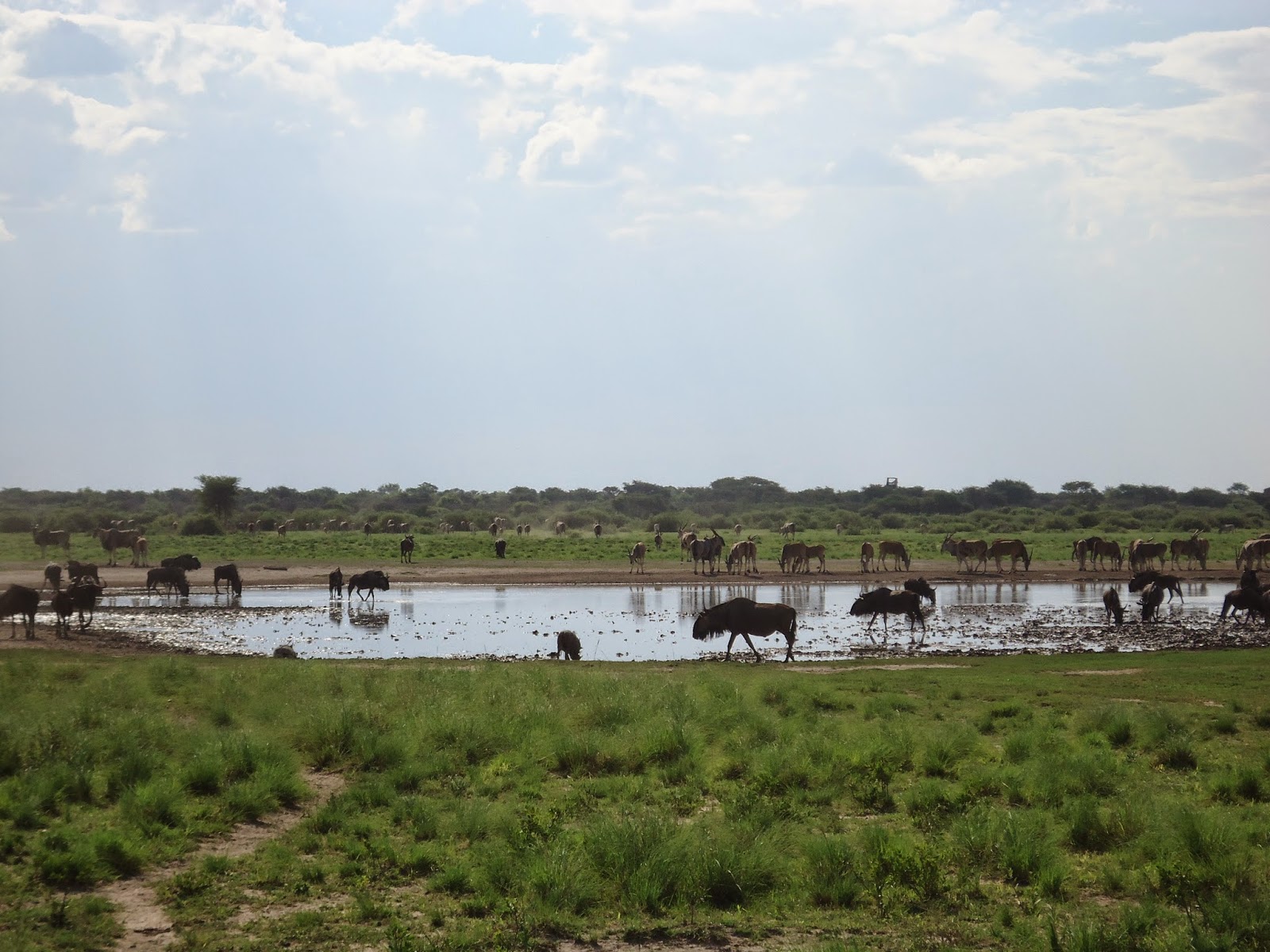 |
| Devil's Cataract with a raaaainbow! |
 |
| the first viewpoint |
I visited the Zimbabwe side. This has the best views of the falls. If you visit the Zambia side, you can actually go in the water right at the edge where a natural “armchair” formation called Devil’s Pool allows you to sit right at the crest of the waterfall. I watched some crazy people do this. Someday when I come back, I’ll try it myself.
 |
| the Main Falls at low water |
 |
| Devil's Pool at the edge of the Main Falls |
There are 16 viewpoints along the walk, stretching from the statue of Livingstone overlooking the Zambezi near Devil’s Cataract to the Main Falls, then further along the gorge to Horseshoe Falls, Rainbow Falls and the Eastern Cataract. It’s a few kilometer walk with areas near the main spray that are thick like rainforest down to bare basalt rock in the driest portions near Rainbow Falls.
 |
| The Main Falls |
It is no surprise that this place is one of the Seven Wonders of the World. It’s exquisite and ferocious. It steals my words and flings them hundreds of feet down into white and green froth, soaking them for a moment in perpetual rainbows.
What drives me the most absolute out of my mind with thrill for waterfalls is that they are never the same. (Ok--sure, that’s true of everything if you want to get esoteric. But bear with me.) Each surge of water, if you can separate the continual outpour, is a different compilation of droplets, molecules, etc. Even though it looks like a solid sheet of water, you can watch each distinct portion as it moves from the edge down back to become river again. For a moment, it is purely suspended in freefall.
 |
| Horseshoe and Rainbow Falls |
I wonder what it feels like as it falls. I do not aim to find out in this lifetime. Of course, a rare hippo, crocodile or clumsy tourist does go over the edge and is smashed to bits at the bottom, sometime recovered in the Boiling Pot downstream.
Perhaps the pictures do a better job of describing the experience than I have in writing. The water itself tells the best story though, and I urge you to come listen to it for yourself. We could even come back together.
With love,










